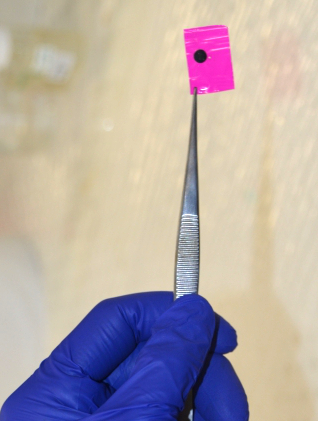Heart patches to bridge tissue
 Australian researchers have made a polymer patch that could help mend a broken heart.
Australian researchers have made a polymer patch that could help mend a broken heart.
The patch improves the conduction of electrical impulses across damaged heart tissue.
The flexible patch, which has been shown to work in animal models, is long lasting and has the significant advantage that it can be stuck onto the heart without the need for stitches.
“Heart attacks create a scar which slows and disrupts the conduction of electrical impulses across the heart,” says researcher Professor Sian Harding.
“This leads to potentially fatal disturbances of the heart rhythm. Our electrically conducting polymer patch is designed to address this serious problem.”
The patch is made from three components: a film of chitosan, a polysaccharide found in crab shells that is often used as a food additive; polyaniline, a conducting polymer that is grown on top; and phytic acid, a substance found in plants which is added to the polyaniline to switch it to its conducting state.
“Conducting polymers work when they are dry, but most become non-conducting in a very short time when placed in bodily fluids,” says study first author Dr Damia Mawad.
“Our suture-less patch represents a big advance. We have shown it is stable and retains it conductivity in physiological conditions for more than two weeks, compared with the usual one day of other designs.
“No stitches are required to attach it, so it is minimally invasive and less damaging to the heart, and it moves more closely with the heart’s motion.”
Team members at the British Heart Foundation’s Imperial Cardiovascular Regenerative Medicine Centre, led Professor Harding and Professor Cesare Terracciano, tested the patch by implanting it into rats. They found it improved the conduction of electrical impulses across the heart scar tissue.
“We envisage heart attack patients eventually having patches attached as a bridge between the healthy and the scar tissue, to help prevent cardiac arrhythmia. However, our patch is at the very early stages of this research. This technology can now be used for basic research to gain insight of the interface between the material and tissue” says Dr Mawad.
“The patch can help us better understand how conductive materials interact with heart tissue and influence the electrical conduction in the heart, as well as better understand the physiological changes associated with heart attacks,” adds Professor Molly Stevens.








 Print
Print